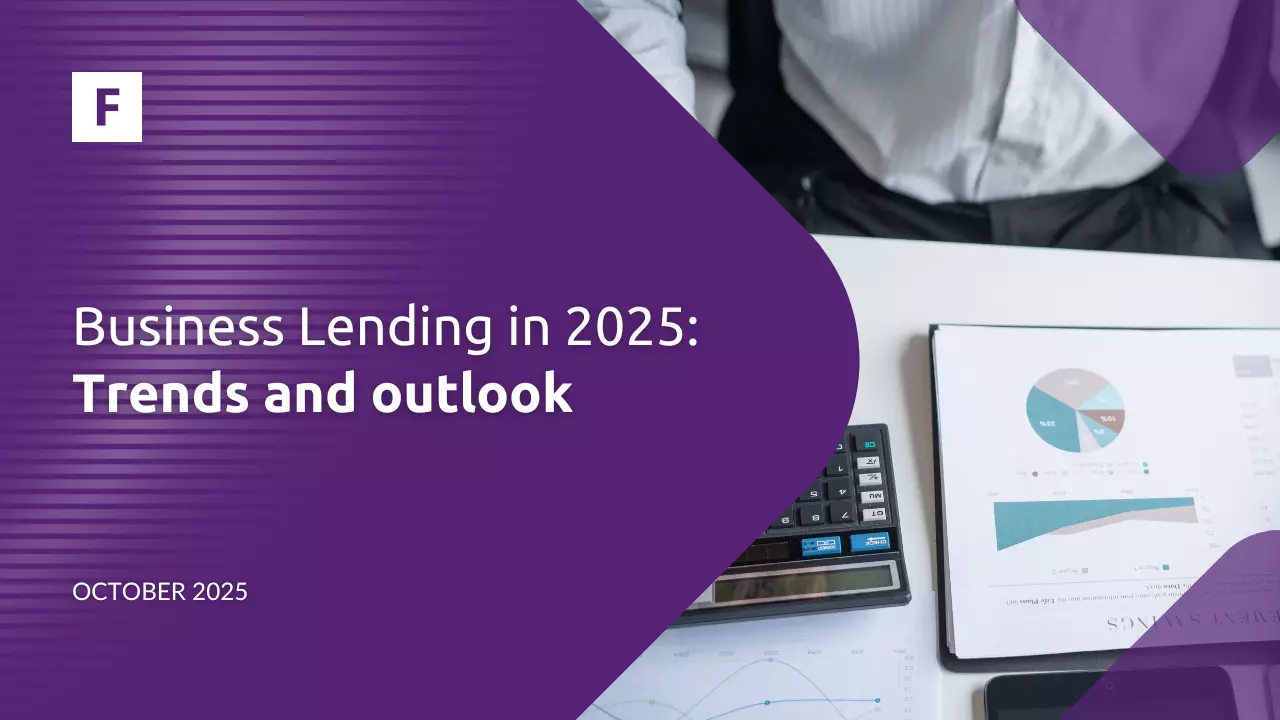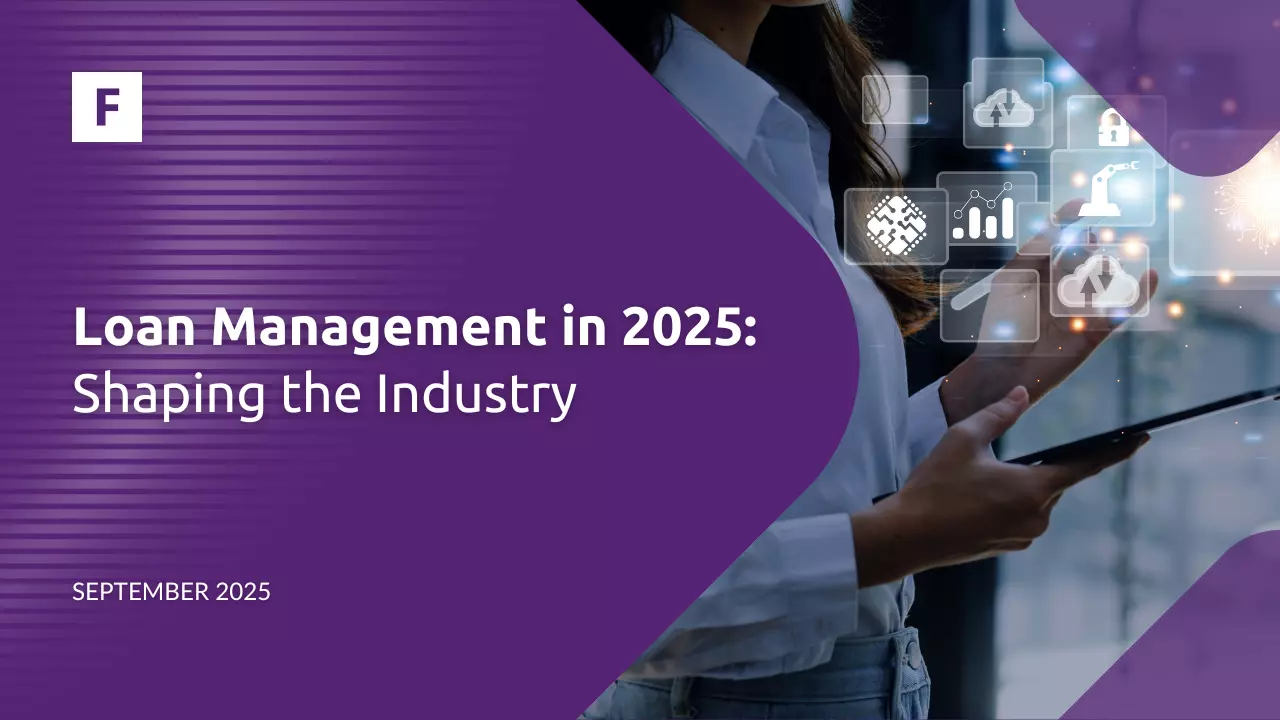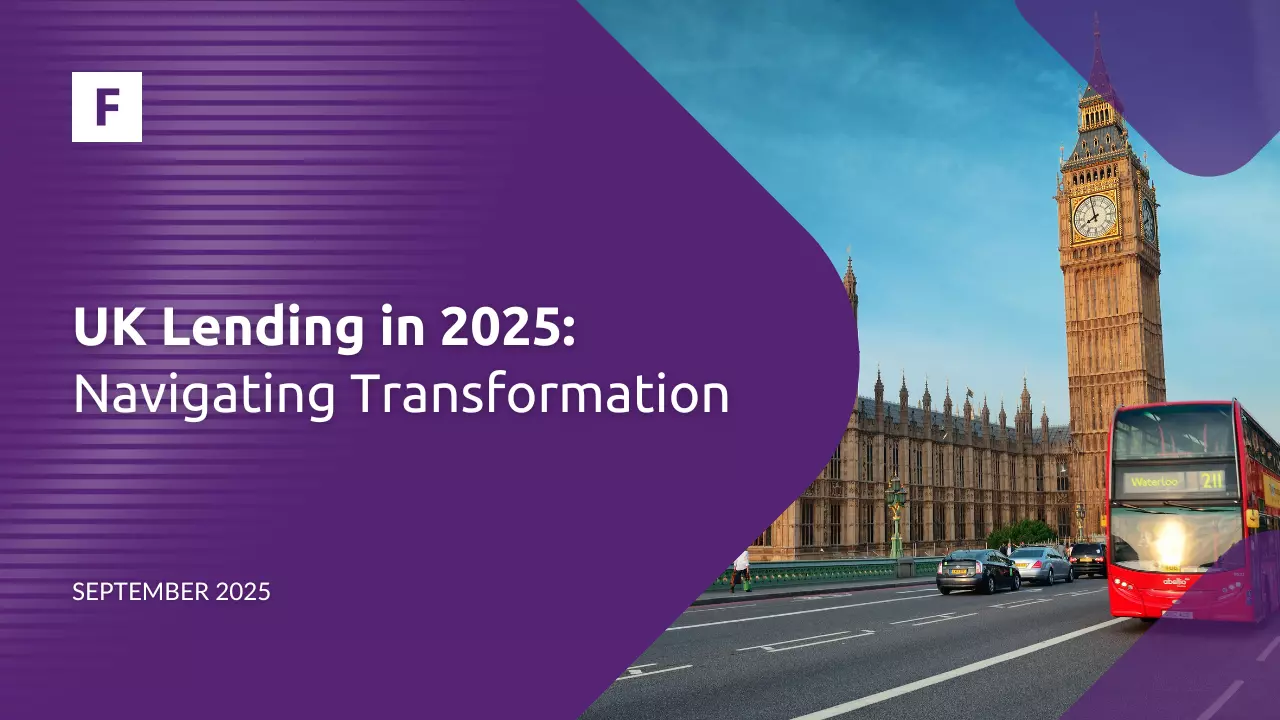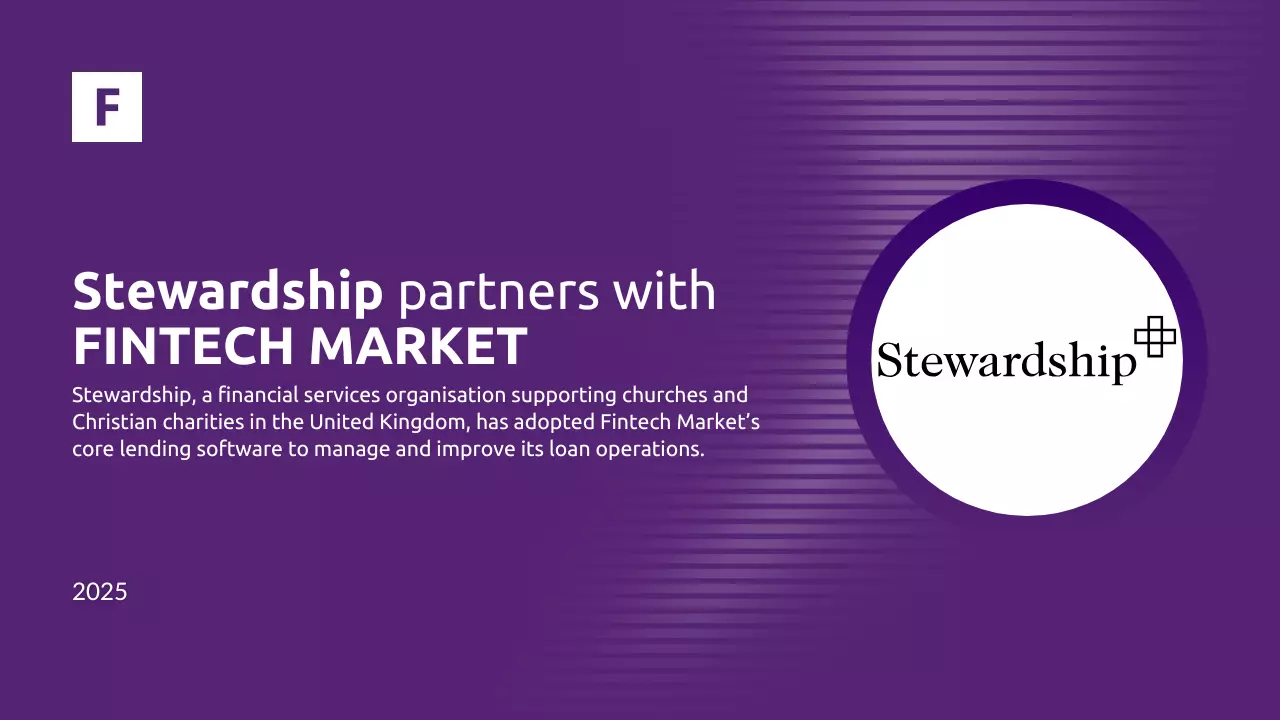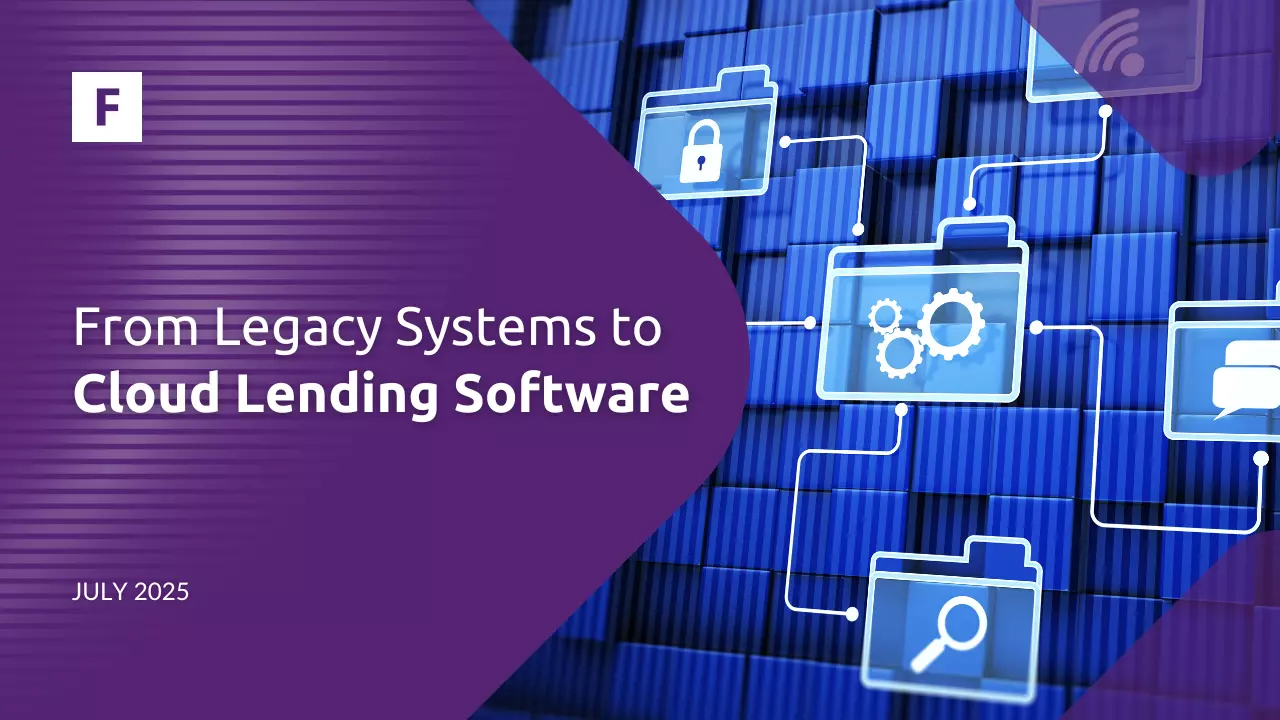The year has kicked off, making it the perfect time to explore consumer lending trends for 2025. Promising developments lie ahead, driven by economic recovery, rising consumer demand, and technological advancements.
This article's main key takeaways:
Economic recovery and market growth in Europe.
Technological advancements in consumer lending.
Shifting consumer preferences.
Trends in loan types and market challenges.
The Market Situation in Europe
According to the latest EY European Bank Lending Economic Forecast, the region is poised for an economic turnaround. Starting in 2025, powerful and accelerating growth is expected across all lending categories.
The eurozone economy is projected to rise to 1.4% in 2025, driven by Germany's industrial recovery, easing inflation, and anticipated interest rate reductions. Bank lending in Europe's largest markets has shown minimal growth in recent years. However, with falling interest rates, loan demand is forecast to surge, with lending growth reaching 3.1% in 2025, 4.2% in 2026, and 3.9% in 2027.
EY lists Spain as a promising market since it is currently the fastest-growing major economy, with a 2.8% GDP growth in 2024. It benefits from its services-driven economy, low reliance on energy-intensive industries, and a recovering tourism sector. Strong growth for consumer credit is expected in 2025 and 2026.
The French economy is forecast to grow modestly, with GDP increasing by 1.1% in 2025 and 1.5% in 2026, aligning with eurozone trends. Domestic demand drives the economy, making it less sensitive to global trade shifts than Germany.
However, political instability has dampened credit demand, particularly in the mortgage sector, which contracted by 0.5% in 2024, with a projected rebounding of 3.8% growth in 2025 and 5.1% in 2026. Consumer credit is projected to rise steadily, from 1.6% growth in 2024 to 4.5% in 2025 and 5.6% in 2026, bolstered by the Paris Olympics.
Nigel Moden, EY EMEIA Banking and Capital Markets Leader, comments on the future for major markets: "We expect to see even more focus on transformative technology, innovation, and sustainability in 2025 and beyond."
Consumer Lending Trends in 2025
According to Brite Payments, consumer lending in 2025 will be shaped by high interest rates, declining credit card usage, and the rise of interest-free payment alternatives like account-to-account (A2A) payments. Younger consumers, particularly Gen Z, drive demand for sustainable options, while open finance is set to revolutionize lending with personalized, data-driven solutions.
Regulatory changes worldwide will tighten compliance requirements, impacting practices across regions. Meanwhile, buy-now-pay-later (BNPL) options continue to grow. Digital lending provides individuals with convenient financing options such as personal loans and BNPL services.
Our consumer lending system helps financial institutions, and lenders offer small-scale loans and financial products to individuals and businesses without access to traditional banking services. It includes analytics and reporting tools to track the performance of inclusive finance operations. Explore our consumer lending software to learn more. The loan management system offers a growing list of easily accessible third-party integrations, including authentication providers, KYC integration, brokers, infrastructure providers, communication gateways, and payment providers. With advanced lending software, you can streamline operations and deliver seamless financial solutions tailored to your customers' needs.
The continued rise of AI
Consumer lending is undergoing a transformative shift driven by technological advancements, evolving legislation, and innovative product offerings. Modern borrowers increasingly seek interest-free or credit-free loan options, pushing lenders to explore creative financing solutions to ensure sustainable growth and success.
In 2025, consumer expectations for lending revolve around speed, transparency, convenience, and security, influenced by technological advancements and the rise of digital-native competitors. Customers demand instant approvals, clear communication, seamless digital experiences, and data protection, mirroring the convenience of industries like e-commerce.
Automation is central to meeting these demands. It enables real-time loan approvals, enhanced transparency through digital platforms, increased operational efficiency, and improved risk management using AI. These advancements streamline the lending process, foster trust, and ensure responsible practices, reshaping the financial landscape.
Advanced AI technologies will revolutionize fraud detection and prevention in banking, offering real-time analysis and adaptability to evolving fraud models. AI will enhance transaction security by identifying unusual behavior and patterns and safeguarding customer data and assets. These advancements will strengthen trust between banks and customers while improving overall banking experiences.
Our partners, SEON and Facephi, specialize in fraud prevention, providing innovative tools to reduce risk and boost conversions. Clients can integrate SEON's solutions as individual modules for layered security or as a comprehensive end-to-end system. Facephi offers secure and user-friendly Digital Identity Verification, Biometric Authentication, and Anti-fraud solutions using AI, machine learning, and advanced computer vision technologies. Take a look at our partners here.
Cognizant also states that AI is revolutionizing the lending industry with practical applications that enhance productivity and add value. Lenders are leveraging AI to reduce admin time and costs by automating document processing and chatbots, improving customer experience with real-time support and agent assistance, streamlining customer interactions, and reducing turnaround times. While these tools already deliver significant benefits, AI's potential is just beginning, with transformative impacts expected to grow in the coming years.
To find a suitable platform for your needs, take a look at our core system. It is designed to help financial institutions enhance customer focus, manage risk, and drive growth. It offers customizable workflows and supports a broad range of financial products and payment methods.
Types of Consumer Loans in 2025
Mortgages
Mortgages are long-term loans from banks or digital lenders that help individuals purchase homes with the property as collateral. Borrowers repay the loan over several decades. According to Forbes, market expectations for significant interest rate cuts in 2025 remain limited, which could restrict substantial reductions in mortgage rates. Drastic rate changes are unlikely, but slight decreases are possible.
Credit Cards
Credit cards allow consumers to borrow money for purchases, with repayment expected within a set timeframe. Unpaid balances incur interest if not fully paid by the due date. The Federal Reserve's recent rate cuts have led to slight decreases in credit card interest rates, though not enough to ease the burden on those with high-interest debt significantly. Experts anticipate further rate reductions in 2025, but the pace and extent of these cuts remain uncertain.
Despite falling interest rates, credit card debt and delinquencies continue to rise. Americans now hold $1.17 trillion in credit card balances, an 8.1% increase from the previous year. While delinquency rates have slightly improved, 8.8% of credit card balances were over 30 days late in Q3 2024.
Auto Loans
Auto loans allow individuals to finance a vehicle purchase by repaying the loan in installments over time. The vehicle serves as collateral, and missed payments can lead to repossession. Key auto loan market trends include adapting to Gen Z's evolving financing preferences, enhancing fraud detection, and effectively managing delinquency rates to ensure success in the year ahead.
Auto loan trends anticipate that the market is changing. Captive lenders dominate auto loan originations, particularly among Baby Boomers, accounting for 42% of their loans. However, Gen Z borrowers are shifting away from traditional financing, with only 30% using captive lenders. Instead, 29% opted for credit unions, 24% for banks, and 9% for monoline lenders, reflecting a diversification in preferences among younger consumers.
Another trend transforming consumer financing is the expansion into the automotive sector. By 2025, tailored BNPL options for vehicle purchases or leases may offer buyers the flexibility to pay in installments, easing access to cars without long-term loans. This emerging trend could significantly grow, attracting younger consumers, such as Gen Z, encouraging auto lenders to adapt loan structures, and fostering partnerships between auto dealers, fintech firms, and traditional lenders.
BNPL providers can use our loan management system, a versatile platform that meets diverse business needs. It offers many setup options and advanced loan tracking capabilities, making it ideal for various financial services.
Student Loans
Student loans provide funding for higher education expenses, offering lower interest rates and deferred repayment options until after graduation. However, managing student loans will remain complex in 2025 as the effects of pandemic-era protections unfold. Ending these protections will create challenges for borrowers and changes in the U.S. administration may lead to a shift in student loan policies.
However, the student loan market in Europe is expected to continue growing. The market is driven by increasing demand for higher education, technological advancements, and changes in educational delivery methods. Germany has a unique student loan landscape, with government-supported education policies and low tuition fees. The same applies to the United Kingdom, where government-backed loan programs impact borrowing patterns and repayment dynamics.
Personal Loans
Personal loans are flexible, unsecured loans used for various needs like debt consolidation or emergencies. They have interest rates based on creditworthiness. Interest rates have risen across all lending products in the U.S., including personal loans. With an average rate of 12.33%, personal loans offer a lower-cost option for consolidating credit card debt compared to the 21.76% average credit card rate.
Personal loan balances are rising across all generations, with Gen Z seeing the fastest growth---up 13.4% from 2022 to 2023---though they still carry the lowest average debt at $8,710. Millennials experienced a 10.4% increase as they matured financially, while Baby Boomers hold the highest average personal loan debt at $22,551. This trend reflects broader growth in personal loan debt as consumers increasingly turn to this form of credit.
Explore FTM's decision engine to streamline the loan origination process. Our credit decision software equips businesses with tools to create flexible credit models using integrated data, customizable fields, and advanced risk evaluation. The software simplifies every step, from loan origination to payment collection, with features like real-time updates and invoice scoring for tailored factoring solutions.
Summary
The consumer lending landscape 2025 is set for significant changes driven by economic recovery, technological advancements, and evolving consumer preferences. The eurozone economy is expected to grow, with falling interest rates boosting lending demand across various markets.
Consumer loan types are adapting to shifting consumer needs. Gen Z's demand for flexible, tech-enabled financing options and AI-driven automation in lending processes are transforming the industry. With a focus on customer-centric solutions, risk management, and growth, the digital lending market is poised for expansion and innovation in the year ahead.
About Fintech Market
FTM’s cloud-based loan management system integrates CRM, KYC, and risk management tools specifically designed for loans, leasing, and investment services. The lending software empowers credit institutions to boost productivity and streamline efficiency across both consumer and business lending operations.

